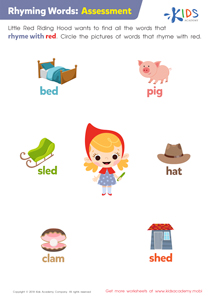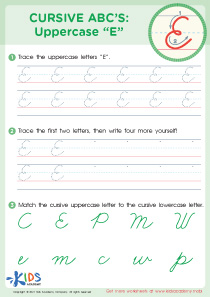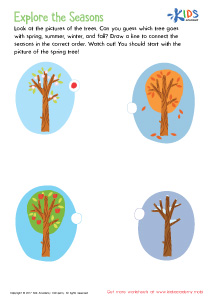Science Lessons | Force and Interactions, Grade 2
0 results
Introducing our exciting Force and Interactions Lessons for Grade 2 students! Our interactive worksheets and educational videos offer a fun and engaging way for children to learn about the principles of force and interactions. Students will explore how forces make objects move, how friction affects motion, and how objects can be attracted or repelled by magnets. With assessment quizzes, children can test their understanding of these concepts and reinforce what they've learned in the lessons. Our Force and Interactions Lessons will inspire your child to love science while building a foundation of essential knowledge. Get them started with our fun and interactive curriculum today!
Force is a fundamental concept in science that children in grade 2 need to become familiar with. Understanding force and its interactions is crucial because it enables children to make better predictions about the movement of objects and to apply their knowledge to real-world situations. That is why our force and interaction lessons for kids are so important.
Our online resource has been designed to support children in grade 2 as they learn about force and its interactions. The lessons feature interactive worksheets, educational videos, and assessment quizzes that help to reinforce the concepts covered in the lessons. These resources are engaging, fun, and easy to use, making them an effective tool for learning.
One of the key benefits of our force and interaction lessons for kids is that they provide a deep understanding of how objects interact with each other. Children learn about forces such as push, pull, gravity, and friction and how they affect the motion of objects around them. They also learn about simple machines such as levers, pulleys, and inclined planes, and how they help to make our lives easier.
Another benefit of our force and interaction lessons is that they teach kids to think analytically. Children learn how to break down complicated problems into smaller, more manageable components, which helps to develop their critical thinking skills. They also learn how to use diagrams and models to represent real-world situations, which is a valuable skill that will serve them well in many areas of their education.
Our force and interaction lessons also help children to develop a love for science. By providing kids with engaging, hands-on activities, we make learning fun and exciting. This helps to foster a love of science that will inspire children to explore further and learn even more about the world around them.
In addition to helping children excel in their science studies, our force and interaction lessons also provide valuable skills that children can use in other areas of their studies. For example, by developing their critical thinking skills, children will be better equipped to tackle problems in math, reading, and other areas. They will also be better able to communicate their ideas and findings in a clear and concise manner, skills that will be invaluable as they progress through their education.
In conclusion, our force and interaction lessons for kids are a powerful tool that can help children excel in their studies. By providing children with engaging, interactive resources that teach them to think critically and analytically, we help them develop a deep understanding of force and its interactions.














